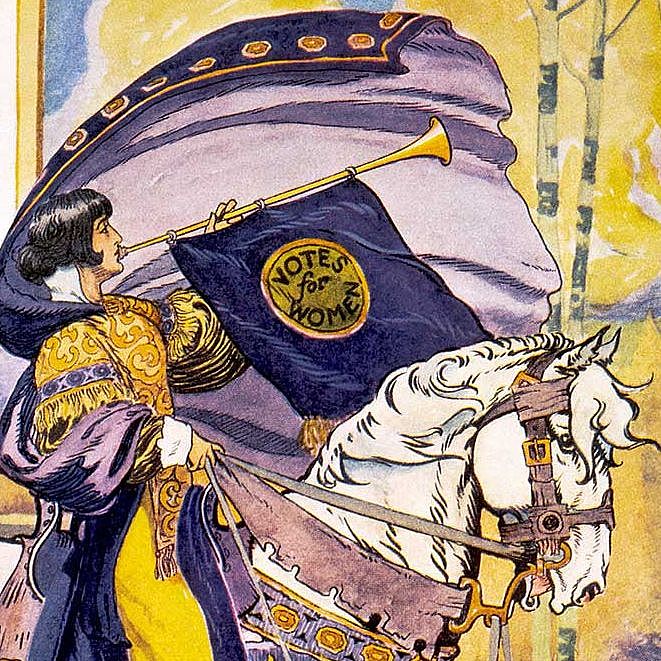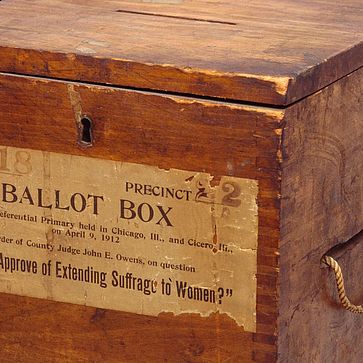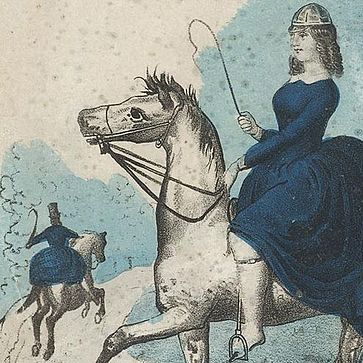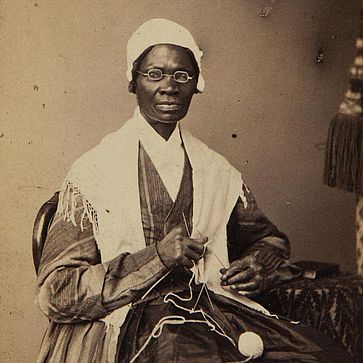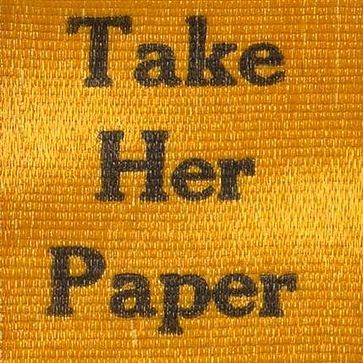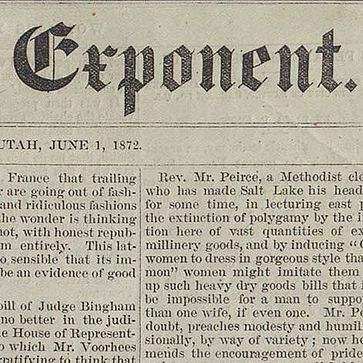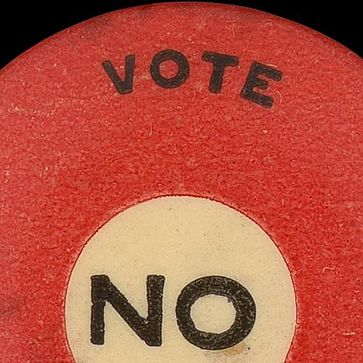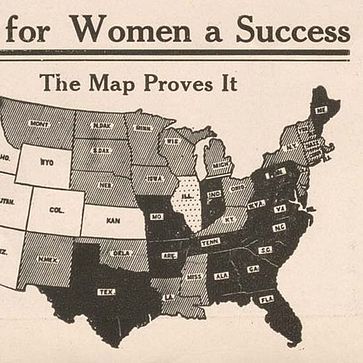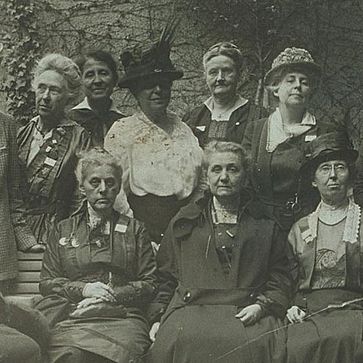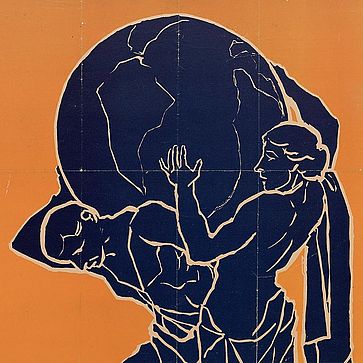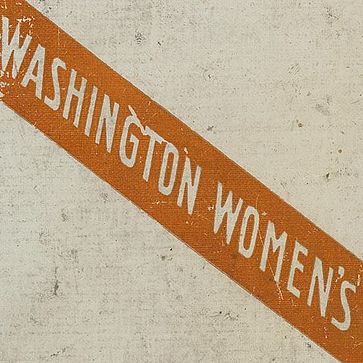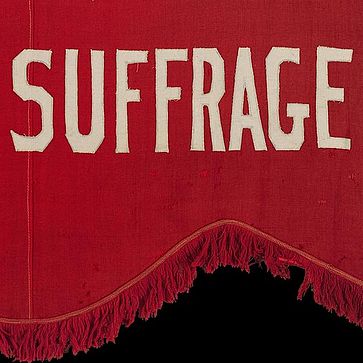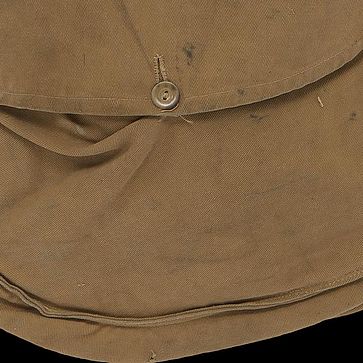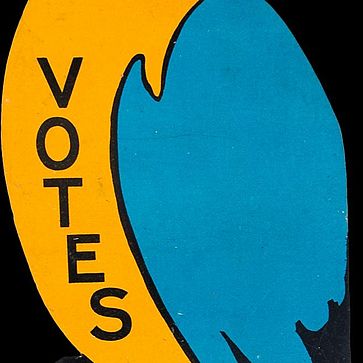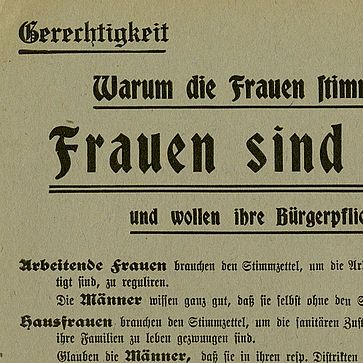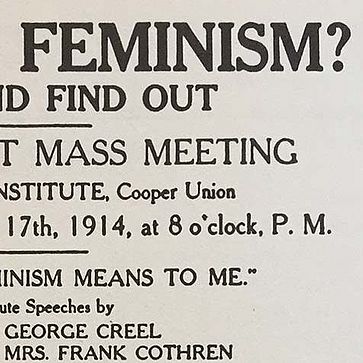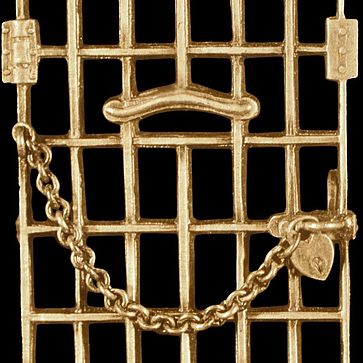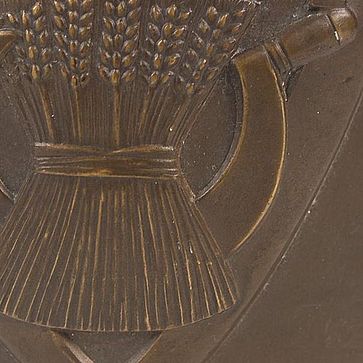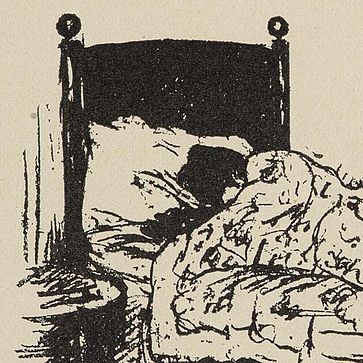Nineteen Objects from the
19th Amendment Campaign
Section 1. The right of citizens of the United States to vote shall not be denied or abridged by the United States or by any State on account of sex.
Section 2. Congress shall have the power to enforce this article by appropriate legislation.
August 26, 2020 marks the centennial of the Nineteenth Amendment giving women the vote. The campaign to win its passage stands as one of the most significant and wide-ranging moments of political mobilization in all of American history, drawing on the energies of three generations of activists and lasting almost a century. Among other outcomes, it produced the largest one-time increase in voters ever. As important as the goal of suffrage was, the struggle was always far broader than just the franchise, and it spoke to fundamental questions about women’s roles in politics and modern life. Who gets to vote, when, and why? What is the relationship between citizenship and suffrage? Think of suffragists as the voting rights activists of their day.
There are many ways to tell the history of women’s suffrage, but this exhibit chooses to do so through nineteen objects. Material culture provides a perfect portal to capture women’s suffrage experiences. History is not just made up of written documents and texts; objects and artifacts play key roles as well, especially in the creation of personal and group identities. This insight is particularly relevant for a social movement like suffrage, which came to embrace popular culture and public spectacle as a primary strategy to win support for its cause. Highlighting suffrage artifacts allows us to imagine how these messages were packaged, circulated, and received at the time, and demonstrates how innovative and politically savvy the women were who spearheaded the movement. Besides that larger cultural and political work, suffrage objects are especially evocative in connecting everyday lives with the broader movement. In many cases, they literally were “the things they carried.”
Focusing on objects does not mean sacrificing the larger picture—far from it. Even though each object and the description that accompanies it can stand on its own, when read together they provide a synthetic and surprisingly comprehensive history of the entire movement. Selecting nineteen objects to tell the story of the Nineteenth Amendment adds another chapter to Clio’s mission of visualizing history.
Clio Visualizing History is proud to present this companion exhibit to the celebrated feminist historian and biographer Susan Ware’s Why They Marched: Untold Stories of the Women Who Fought for the Right to Vote (2019). Ware is the Honorary Women’s Suffrage Centennial Historian at the Schlesinger Library, Harvard University. Reviewers praise the book as “entertaining and lively,” calling it “a must-read” and “timely given recent attempts at voter suppression.” Order from Harvard University Press or Amazon.
